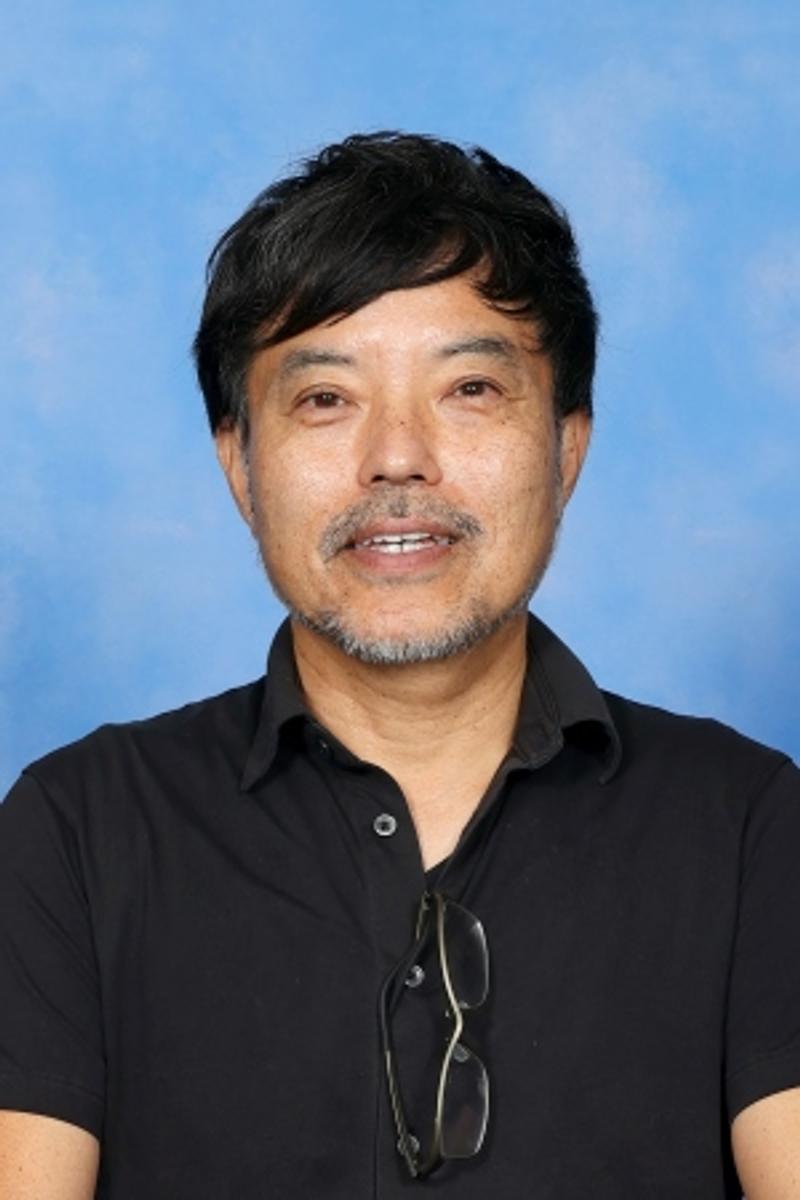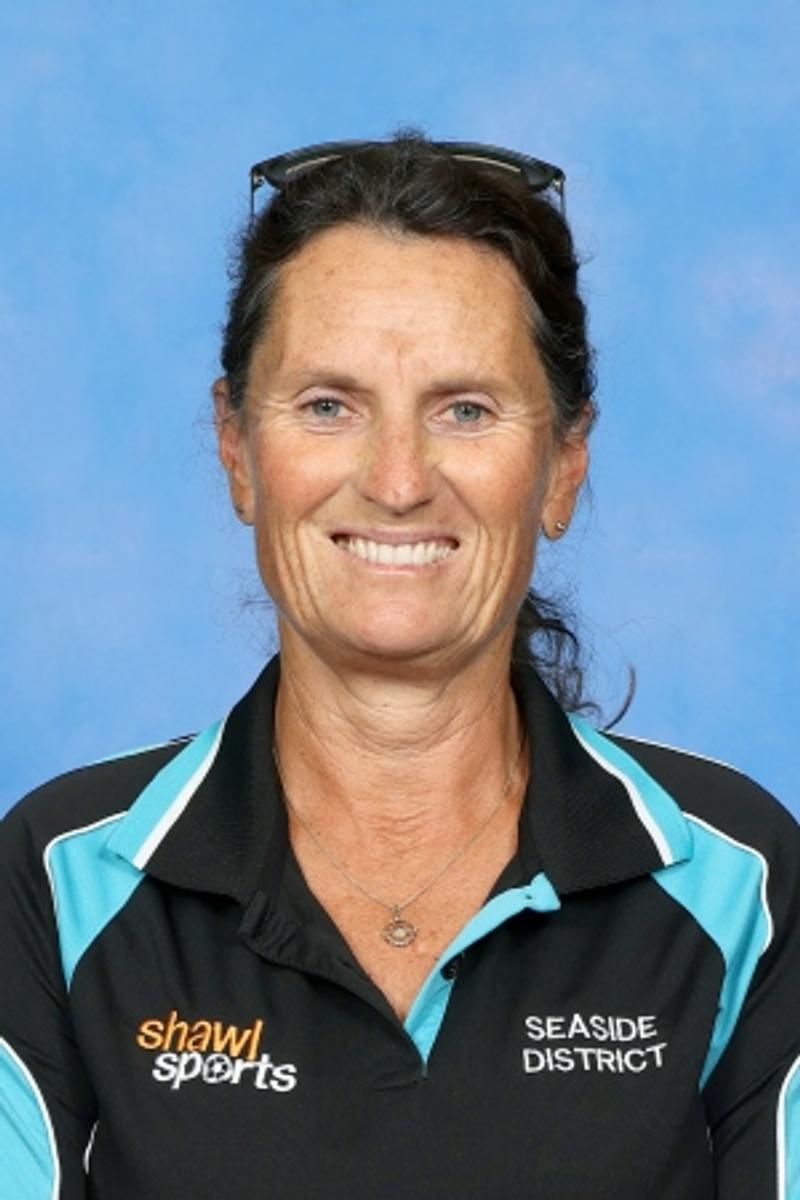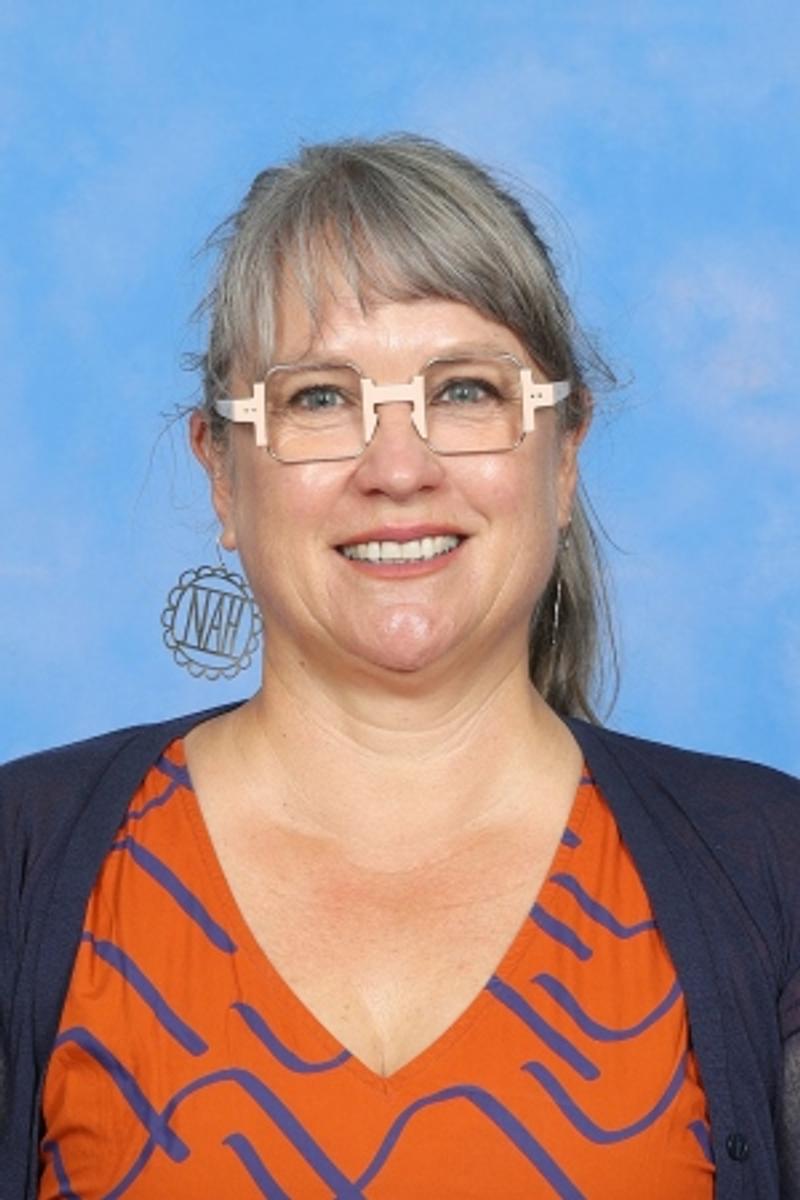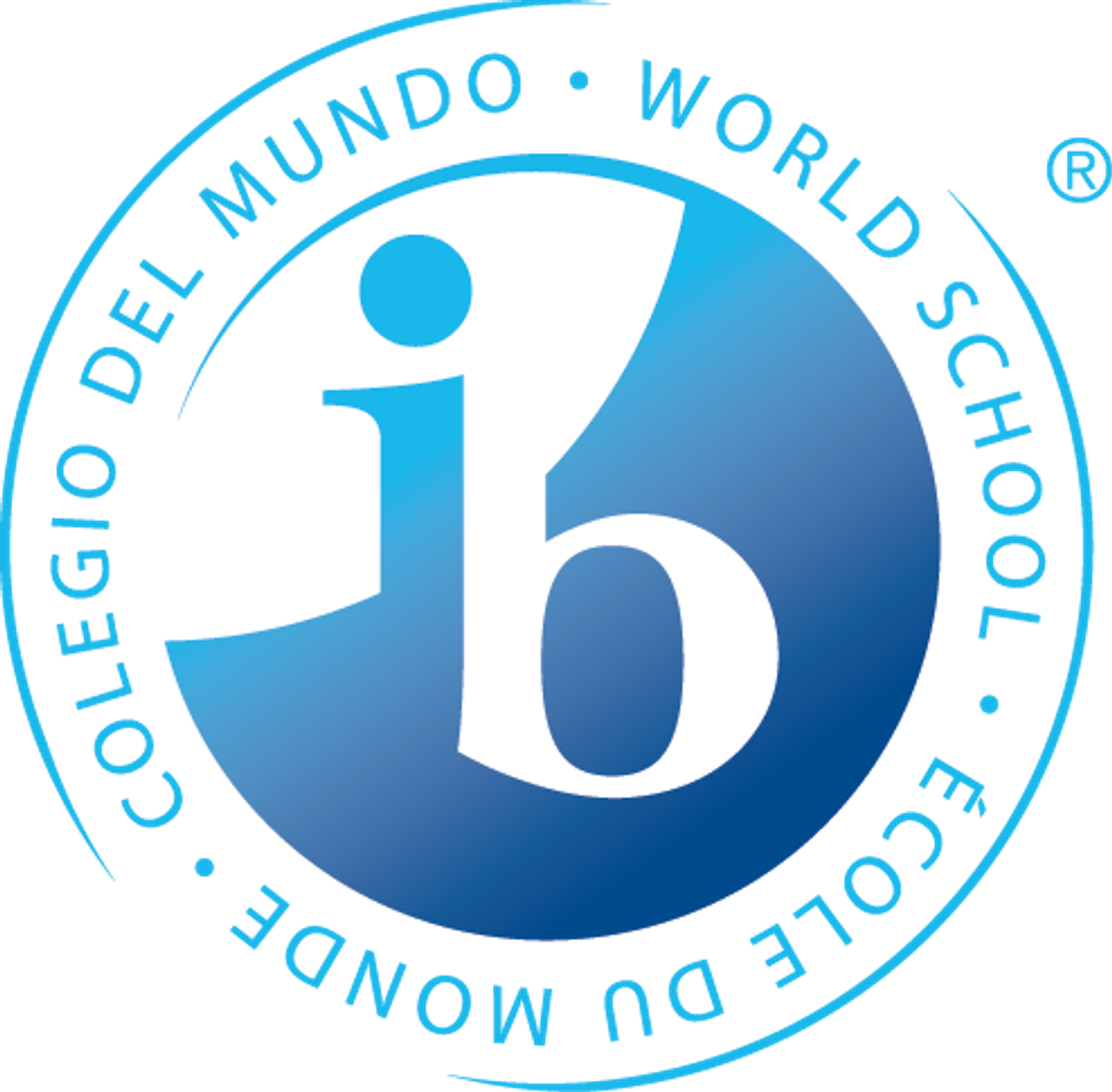Prep Specialist News - Term 4
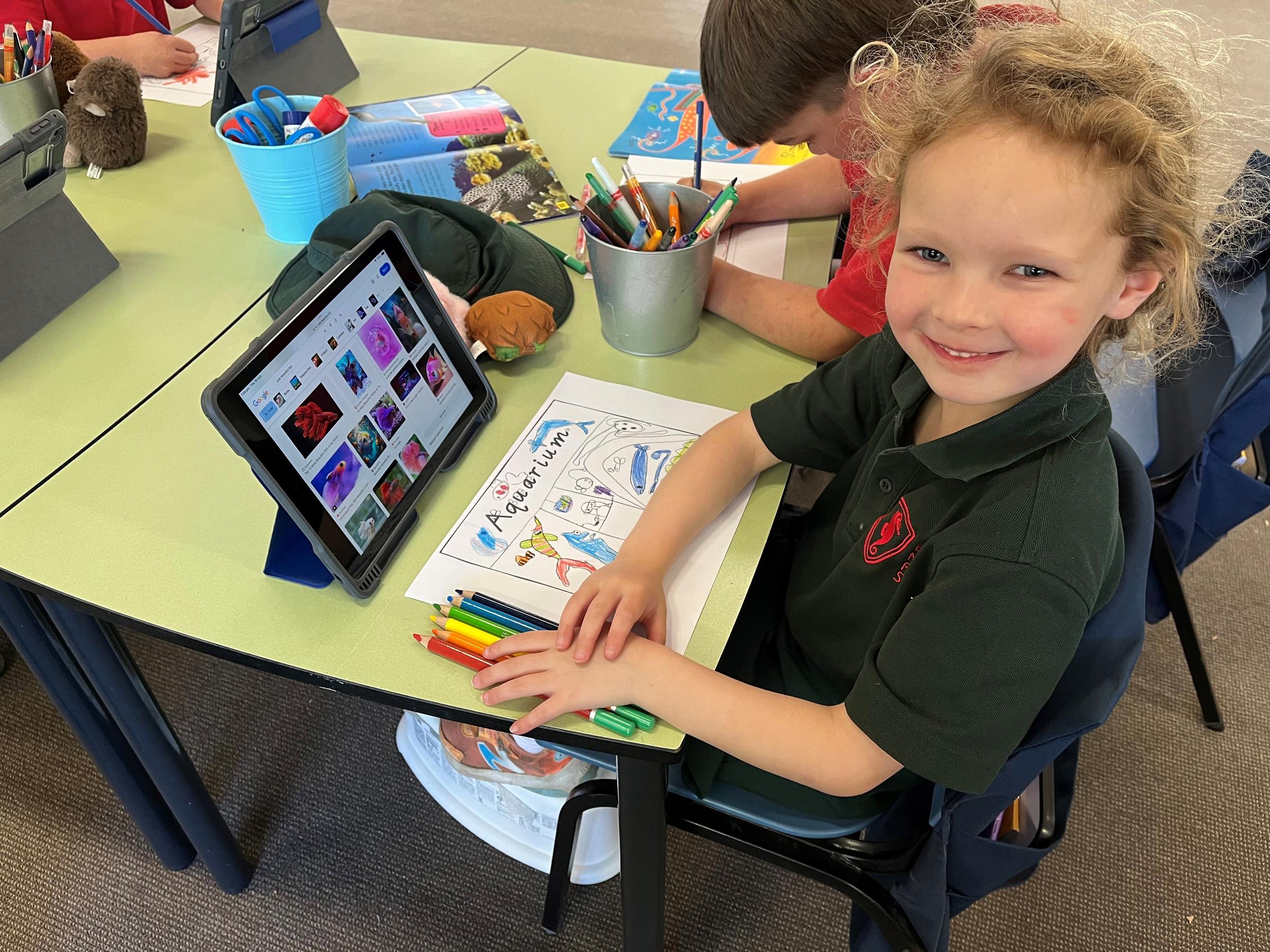
Music
Transdisciplinary Theme
Sharing the Planet
Central Idea
Music can help us understand and express our connection to the ocean and its conservation
Lines of Inquiry
- How different musical elements can represent sounds of the ocean and environment.
- How musical projects can raise awareness and motivate others to protect the ocean.
- Our responsibility to the environment
Key Concepts
causation
responsibility
Learner Profile Attributes
principled
knowledgeable
Students Will
- Read and write rhythms using formal and informal notation.
- Listen, respond to and reflect on a variety of music, inspired by oceans and nature.
- Develop basic musical concepts such as pitch (high and low), rhythm (fast and slow), and dynamics (loud and soft) through engaging songs. These songs will be selected to align with their unit of inquiry, such as “Who Looks After Our World?”
- Use songs as a starting point to discuss and be a thinker about causes of pollution in the ocean and their own responsibilities.
- Show they are respectful, caring and appreciative as they listen to others perform.
- Practise and develop skills in chime bar playing.
Japanese
Transdisciplinary Theme
Sharing the planet
Central idea
People’s use of the sea impacts upon the creatures (in Japan)
Lines of Inquiry
- Impact on creatures and their habitats
- Our responsibility to the environment
- Cultural and traditional connection between Japanese people and the ocean
Key Concepts
causation
responsibility
Learner Profile Attributes
principled
reflective
Students Will
Learn Japanese Vocabulary:
- Say and spell “OCEAN,” “FISH,” “RED FISH,” and “BLUE FISH” in Japanese, developing students understanding of how language connects to cultural and environmental concepts.
Engage with Music:
- Listen to and sing along with a Japanese sea song and a fish song, exploring the role of music in Japanese culture and its connection to environmental themes.
Understand Environmental Responsibility
- Learn and explain the actions Japanese people take to protect the ocean, reflecting on their responsibility towards the environment.
Create and Label Art
- Make an origami fish and label it, using Japanese characters, applying language skills and creativity to represent their understanding of the ocean's importance.
Art
Transdisciplinary Theme
Sharing the planet
Central Idea
The wonders of the sea spark creativity, imagination and connection
Lines of Inquiry
- The deep sea as a source of inspiration for creative expression.
- The deep sea plays a significant role in our connection with the natural world.
- Art inspired by the deep sea can promote awareness and encourage the protection of marine ecosystems.
Key Concepts
form
responsibility
Learner Profile Attributes
open-minded
caring
Students Will
- Create a 3D fish puppet inspired by the Polynesian cultural incursion. Exploring shape, colour, and pattern to construct and paint their own hand puppet.
- Develop an understanding of the impact of plastic waste in the ocean and construct a sea creature mobile using recycled plastic items. Incorporating fine motor skills through threading and knotting.
- Collage a multimedia crown inspired by the story ‘Tiddler,’ using their own fine line grey lead drawings, with a focus on pattern and shading (lights/darks), then embellish with paint, papers, and other materials.
Library
Transdisciplinary Theme
Sharing the planet
Central Idea
Peoples use of the sea impacts upon the creatures that call it home
Lines of Inquiry
- Which creatures live in the sea or use the sea
- The human impact on sea creatures and their habitats
- Our responsibility to the environment
Key Concepts
causation
responsibility
Learner Profile Attributes
principled
knowledgeable
Students Will
- Be exposed to a variety of books, both picture fiction and non-fiction, which show the many and varied sea life that exists in or near the ocean.
- Discuss how humans impact the sea creatures in the text
- Use language related to the Learner profile attributes in the library, such as being principled by showing respect to the books and people and being balanced by sitting and reading quietly at the appropriate time.
- Revise parts of the book
- Revise how and where to shelve a picture fiction books
- Books to be explored include:
- The rainbow fish by Marcus Pfister
- The Smallest Whale by Elizabeth Beresford
- Silly squid by Janeen Brian
P.E
Transdisciplinary Theme
Sharing the planet
Central Idea
A sustainable environment can promote positive ways to play
Lines of Inquiry
- Exploring kicking and bouncing so that students can practice these skills and enjoy playing in a variety of environments.
- Moonfish by Graeme Base
- The lighthouse Keeper's Mystery by Rhonda and David Armitage
- One Less fish by Kim Toft
- Steven Seagull Action Hero by Elys Dolan
- Tidler, the Story Telling fish by Julia Donaldson
- The underwater fancy-dress parade by Davina Bell
- Great white shark by Claire Saxby


